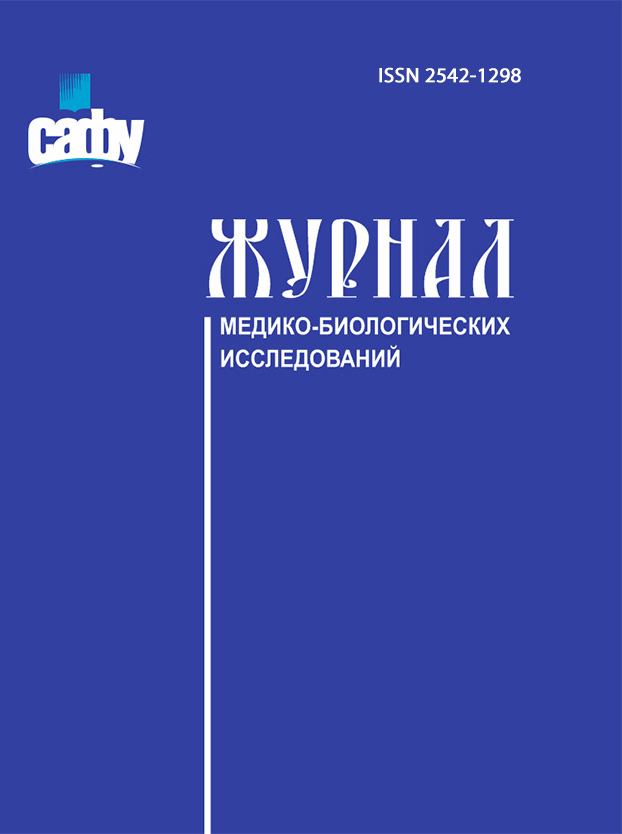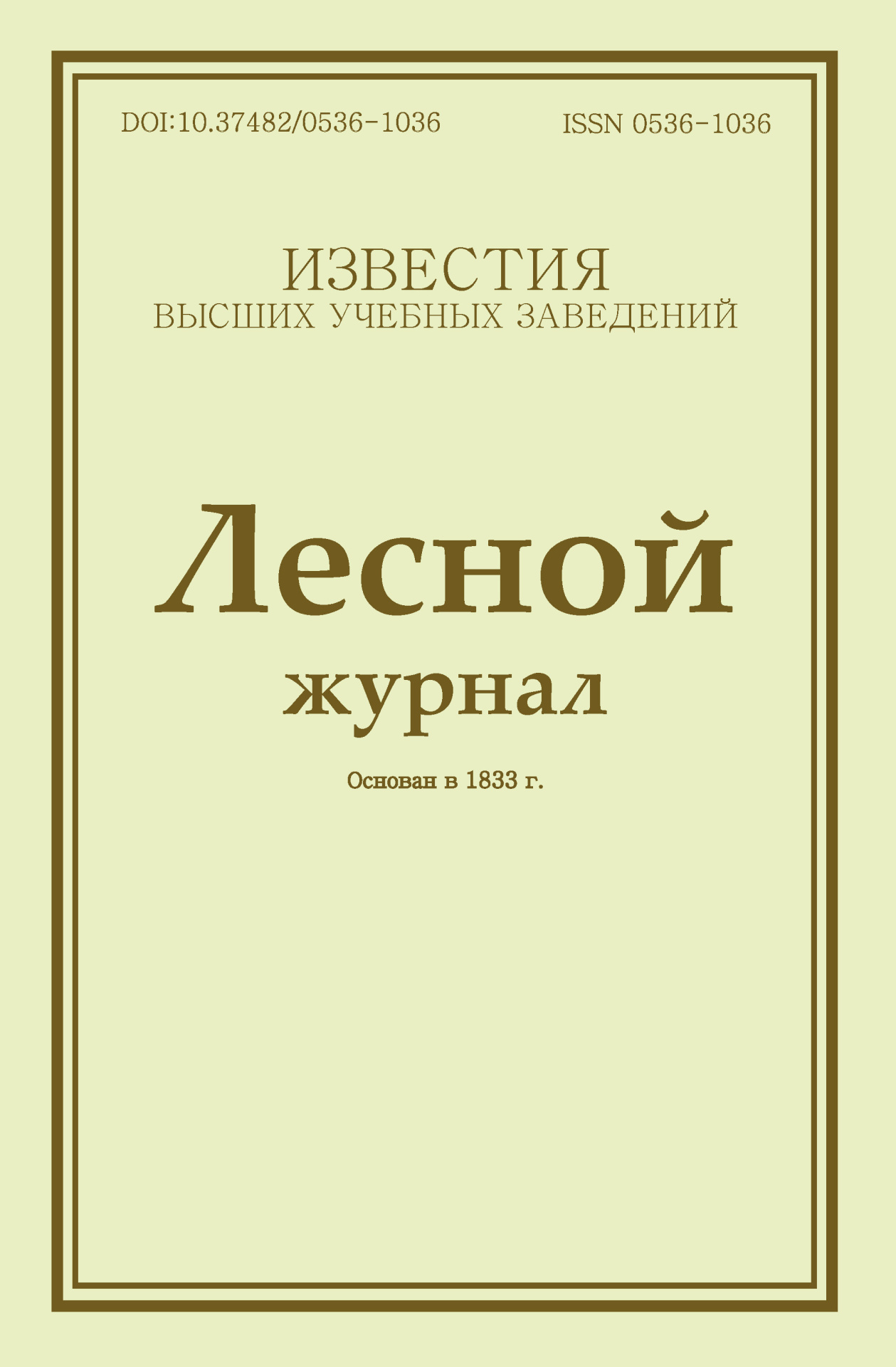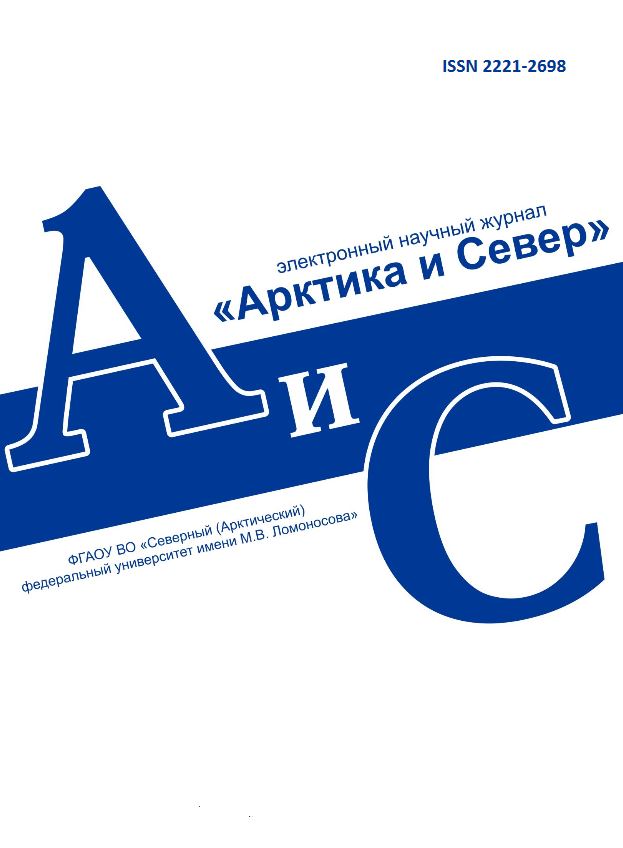
Vestnik of Northern (Arctic) Federal University.
Series "Humanitarian and Social Sciences"
ISSN 2227-6564 e-ISSN 2687-1505 DOI:10.37482/2687-1505
Legal and postal addresses of the founder and publisher: Northern (Arctic) Federal University named after M.V. Lomonosov, Naberezhnaya Severnoy Dviny, 17, Arkhangelsk, 163002, Russian Federation Editorial office address: Vestnik of Northern (Arctic) Federal University. Series "Humanitarian and Social Sciences", 56 ul. Uritskogo, Arkhangelsk
Phone: (8182) 21-61-20, ext. 18-20 ABOUT JOURNAL |
Section: Philosophy, Sociology, Politology Download (pdf, 3.7MB )UDC1(=17.021.3,130.2)AuthorsAynur M. SafinaKazan State University of Architecture and Engineering; ul. Zelenaya 1, Kazan, 420043, Respublika Tatarstan, Russian Federation; e-mail: ainur.safina@mail.ru AbstractThis article is devoted to the socio-philosophical analysis of the Internet culture phenomenon. Originally an epiphenomenon of social networks’ development, today it is turning into an indispensable prerequisite of their existence. Online community as a form of uniting people in the Internet space is special due to the fact that their dematerialized, exterritorial and anonymous communication changes both the form and content of social relations between them. An important distinctive feature of online communities is communication, which from a means of their existence has turned into a self-contained goal and meaning. The phenomenon of communication is interpreted here within the framework of O.V. Aronson and Yu.M. Lotman’s conception. The paper raises the following question: how (by what means) does Internet culture provide the most effective communication as the basis of social relations on the Internet? The dialectic interaction between Internet culture and online communities is viewed here through such phenomena as post, like, cute image, trolling, slacktivism, and technology-generated sensitivity. Minimal, straightforward information in a post secures its popularity and, consequently, successful communication. Cute image is viewed here as a mechanism allowing one to create an illusion of privacy and personal nature of social networks on the Internet, provided their actual anonymity, superficiality and derisiveness. Trolling has the same goals, but uses opposite methods. As for slacktivism, if combined with specific technology-generated sensitivity, it often results in ontological inversion of an event and its representation in social networks.Keywordsonline community, Internet culture, communication phenomenon, cute image, trolling, slacktivism, technology-generated sensitivityReferences
|
Make a Submission
INDEXED IN:
|
Продолжая просмотр сайта, я соглашаюсь с использованием файлов cookie владельцем сайта в соответствии с Политикой в отношении файлов cookie, в том числе на передачу данных, указанных в Политике, третьим лицам (статистическим службам сети Интернет).






